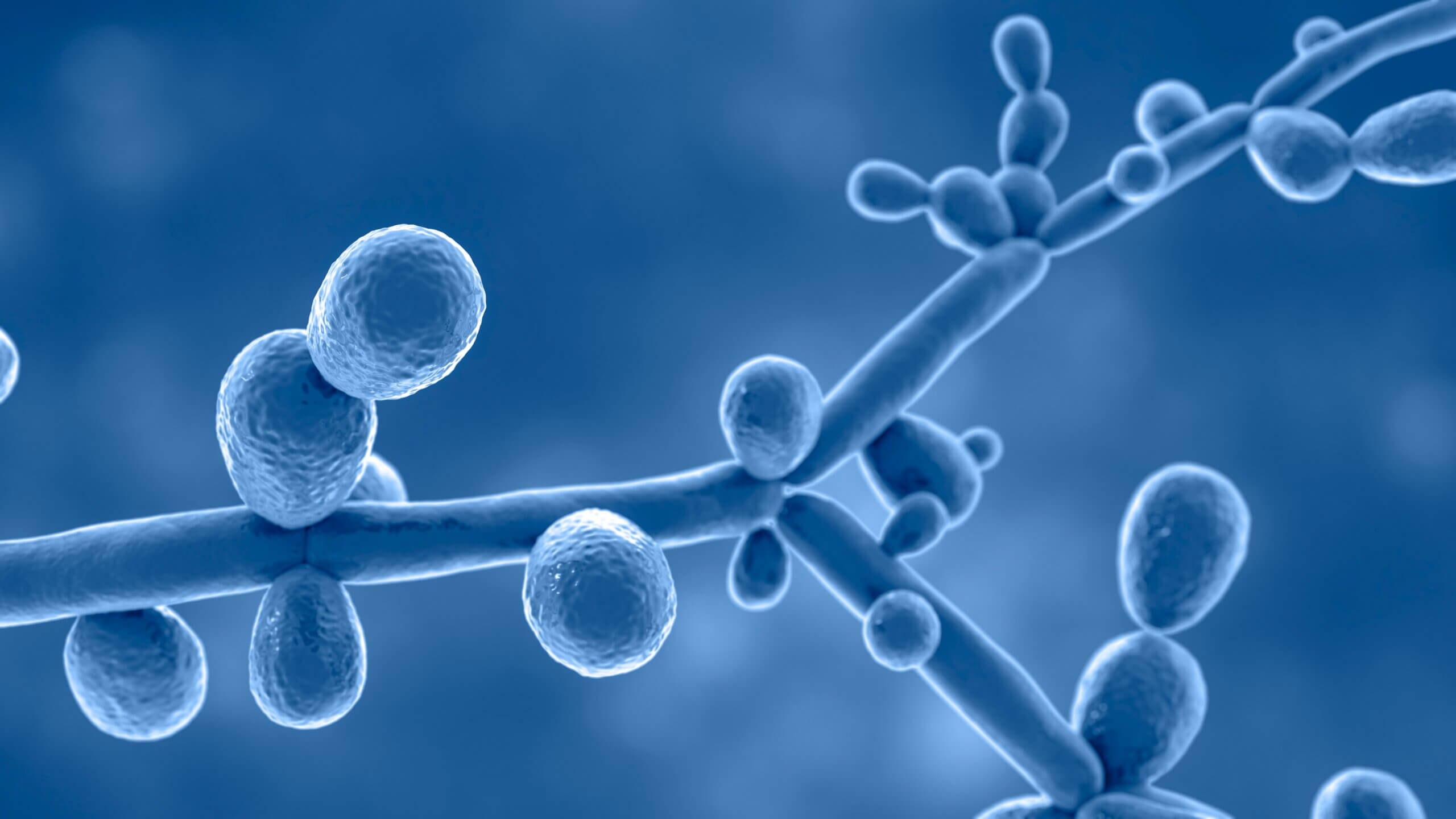In biocide testing against insects, test methods classified under labels such as P18 and P19 represent protocols or standards used to evaluate the effectiveness of biocidal products. While the labels P18 and P19 may not be widely acknowledged yet we can infer their meanings based on standard categorizations in pesticide and biocide efficacy tests. The following definitions are derived from logical assumptions and aim to align with established practices in biocide testing.
P18
P18 focuses on personal protection. It includes tests that analyze the efficiency of biocidal products which are used directly on humans or their immediate surroundings to repel or kill insects and it focuses on keeping individuals safe at close range.
P19
The goal of P19 test methods is to reduce or eradicate insect populations in larger areas or environments. It comprises tests that determine the effectiveness of biocides in controlling or eliminating insects in wider spaces where they don’t need to be applied directly to humans. The objective is to control or kill insect populations over larger spaces.
Classification of testing methods
Key testing methods under P18 (Personal protection) include
This test evaluates the effectiveness of a repellent applied to human skin in protecting against mosquitoes or other biting insects.
This test measures the attraction or repulsion of insects to treated subjects and is commonly used for close-range repellent validations.
This test determines the effectiveness of products used for repelling ticks which typically involve direct contact or close proximity.
This test analyzes the ability of compounds to repel bed bugs often involving heat sources to simulate humans or on actual human subjects.
Stick test for ticks
This test specifically analyzes the repellency of compounds against ticks in a controlled when applied directly.
Key Testing Methods Under P19 (Area Protection) includes
This test measures the efficacy of a biocide in a closed space like a room showing its effectiveness in controlling or repelling insects in that area.
Tunnel test
This test evaluates how biocides influence insect behavior or repel them in a tunnel-like setup focusing on managing the surroundings.
This test which is conducted in a specific chamber is used to measure the effectiveness of spatial repellents or insecticides designed for large areas.
Chamber test / Modified chamber test
Tests the efficacy of biocidal products in a controlled environment, simulating larger than personal space but contained areas.
Modified room test
This test modifies the standard room test to evaluate biocides across a range of environmental conditions or different room layouts.
WHO cone test
Though primarily used for personal protective repellents, it could also be adapted to evaluate the area effect of spatial repellents.
Choice test
This could be used to evaluate either personal or area protection depending on the setup by offering insects a choice between treated and untreated areas.
The key difference between P18 and P19 comes down to their use and goal. P18 protocols concentrate on personal safety, using products that work against insects when applied directly or from a close distance. On the other hand, P19 protocols focus on protecting larger areas by managing insect populations for environmental health.
The P18 and P19 classifications strictly follow the regulatory requirements and guidelines which explains about the test methods for analyzing the efficiency of biomedical products against various types of insect pests.
At MIS, we offer a wide array of biocide testing services for industries creating products aimed at insect and pest control. Our laboratories are outfitted with cutting-edge technology to ensure accurate and reliable testing results.
For your entomology testing needs, contact our expert here for a consultation.














